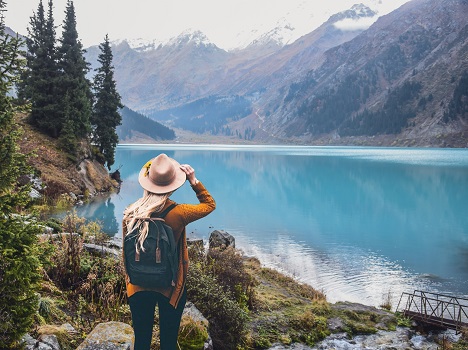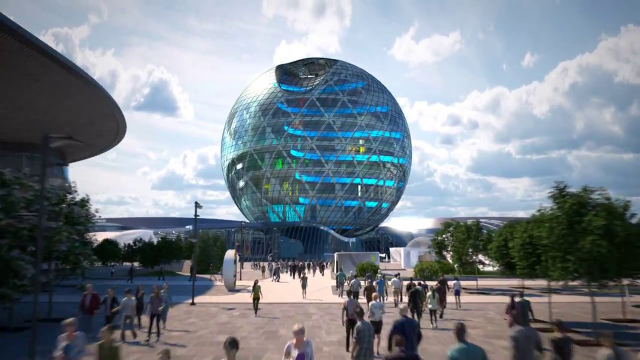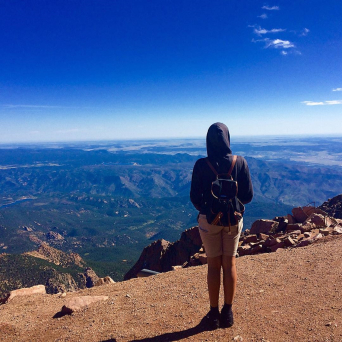Gorge / Tract
Kora Gorge
Despite its increased popularity among tourists, the Kora Gorge is still pristine.

Visit Duration
3 hours

Route cost

Location
Almaty province
Kora Gorge
Despite its increased popularity among tourists, the Kora Gorge is still pristine.
Kora Gorge is currently the most visited gorge of the Dzungarian Alatau. It stretches for about 70 km (43 mi). The gorge's highest peak is 3919 m (12800 ft), it rises above the hollow of the Besonov Glacier. The Kora Gorge is deep throughout, in the lower reaches its depth reaches 700-800 m (2300-2600 ft) above sea level. It is narrow, the river occupies almost the entire bottom of the valley. In the middle reaches the gorge widens, its depth reaches 1000 m (3300 ft). In the highland part of the gorge, the depth reaches 1200 m (3900 ft).
Three km (2 mi) above the descent from the Kapalsky Pass, there is an unusual waterfall called “Weeping Rocks” or “The Wailing Wall”. Water at this waterfall either flows down the rocks in a thin layer or falls in large drops. Higher in the gorge on the right tributary of Burkhan Bulak River there is Burkhan Bulak Waterfall, the highest waterfall in Kazakhstan. In a picturesque meadow below the waterfall there is the largest separately lying stone in Kazakhstan. The stone that fell from the rocks has dimensions of about 15x20 m (50x65 ft) and a height of more than 7 m (23 ft). The stone is called "Holy Stone" At the confluence of the Kora and Tentekbulak rivers, there is a small, very picturesque lake framed by flowering glades. The lake is called "Silver Hoof".
In the gorge you can observe a huge variety of flora and fauna. There are more than 3,000 species of plants, including edelweiss. The famous Sivers apple tree also grows here. The gorge is inhabited by the endemic of the Dzungarian Alatau - Central Asian salamander. It is an extremely rare species. There are also ermines, foxes, bears, wolves and snow leopards.
Despite being popular among tourists, the Kora Gorge is still pristine, you can hardly find scattered rubbish and bonfires left after Sunday picnics here.










